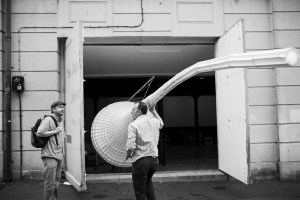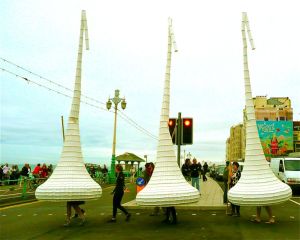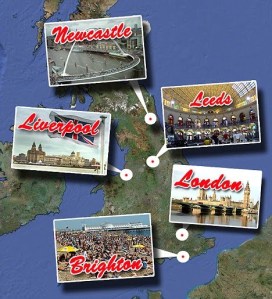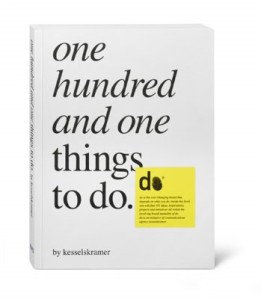On October 24 2009 Fabrica will be taking part in Brighton and Hove Council’s White Night event. White Night is based on the French Les Nuits Blanches and involves cultural organisations in the city staying open until 2am when the clocks go back, giving you another whole hour to play. There’s lots of good stuff happening in galleries, other venues and on the streets too. Check the website for full details.
At Fabrica we will be offering a number of drawing activities through the evening for those that can make it to the gallery but we also wanted to use social media as a tool so those that can’t can still participate. To that end we are setting up a remote drawing activity that will be driven by Twitter. At certain points in the evening we will send out a word via Twitter as a prompt. We are then asking people to make a drawing based on that word, photograph it and send it back to us via Twitpic, we will then project the images in the gallery during the evening. The images will also be available to view via Twitter so if you take part you’ll be able to see what other people are doing. We want people to use anything they have to hand to make the drawing and don’t expect you to have any particular talent for it. If you’re in the pub draw it on a beermat or the condensation on your glass, do it with pebbles on the beach, in the dirt on a van if you’re out and about or with your kids’ crayons etc etc. The possibilities are endless. We’ll keep it simple in what we ask you to draw but your response can be as elaborate or as casual as you want. Long term we’ll put the images on our website so they’ll become part of Fabrica’s archive of the event. It’d be great to have an idea of anyone that’d like to join in so if you are interested send us a DM.
We’ve also set up a collaborative playlist on Spotify with the theme of ’emotional contagion’ which reflects one of the ideas behind the exhibition. Have a listen and feel free to add something. Chameleon

















